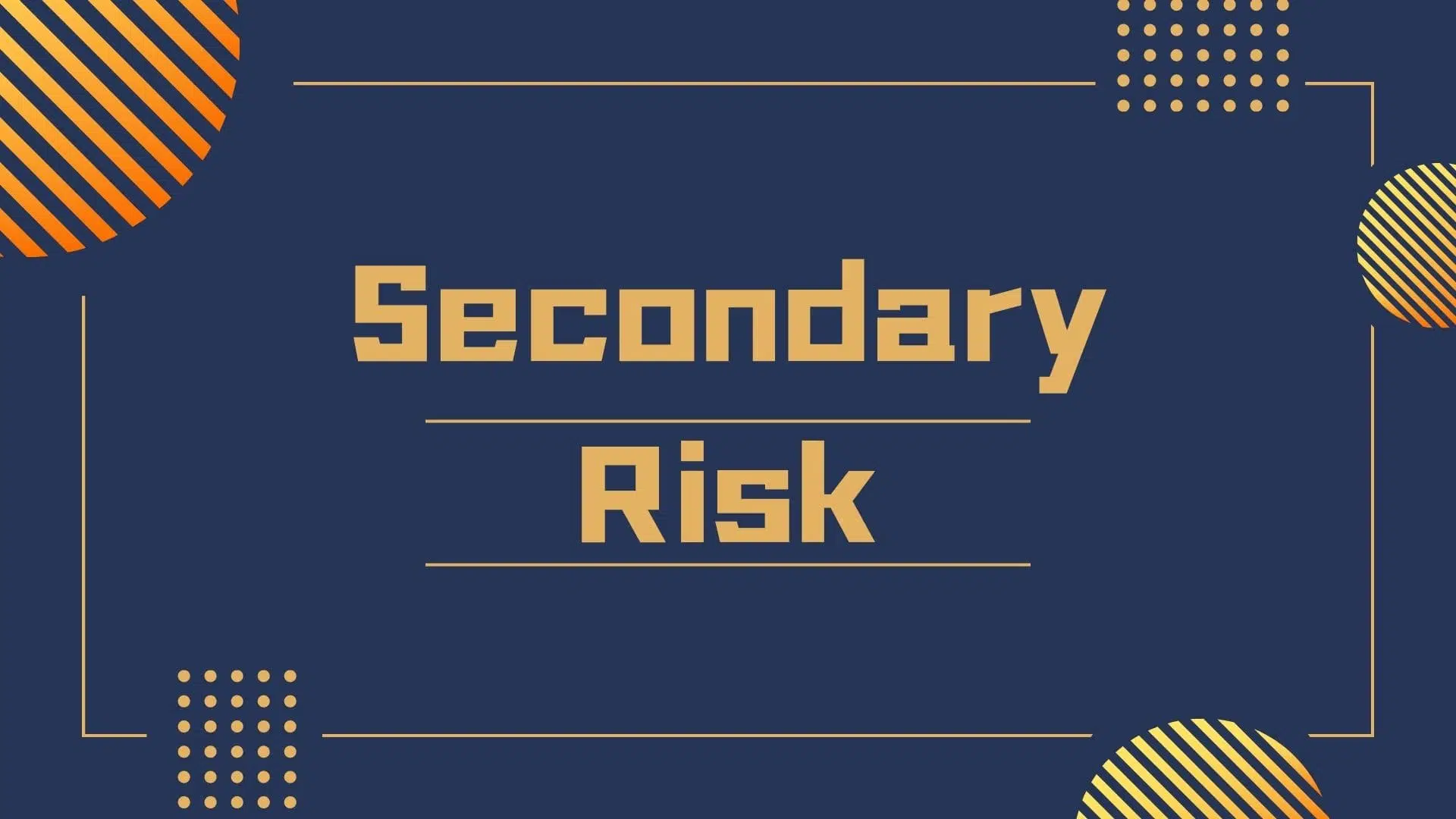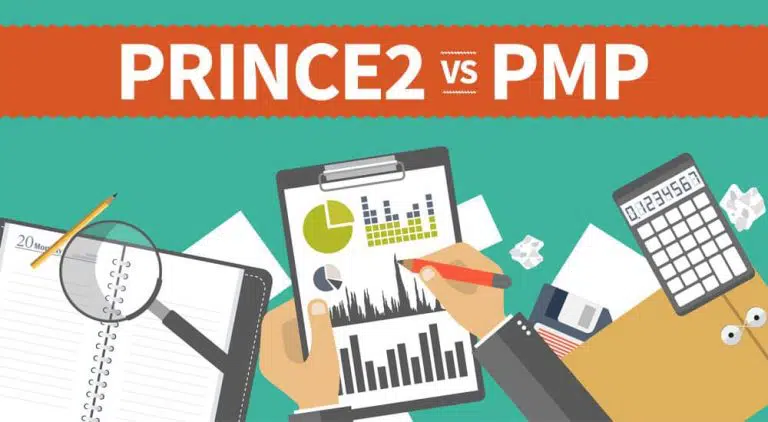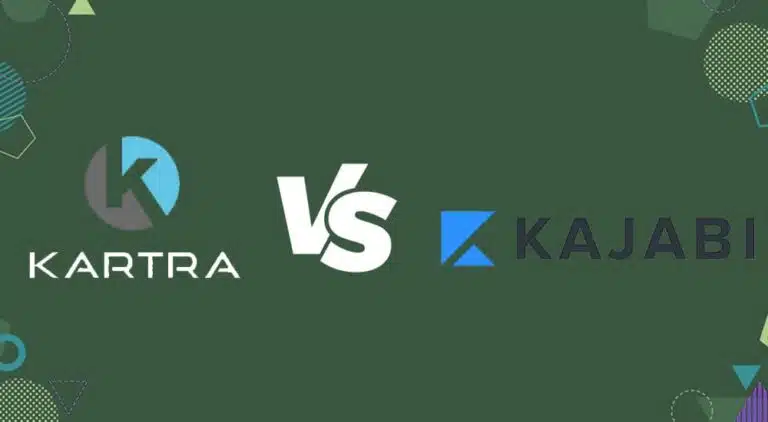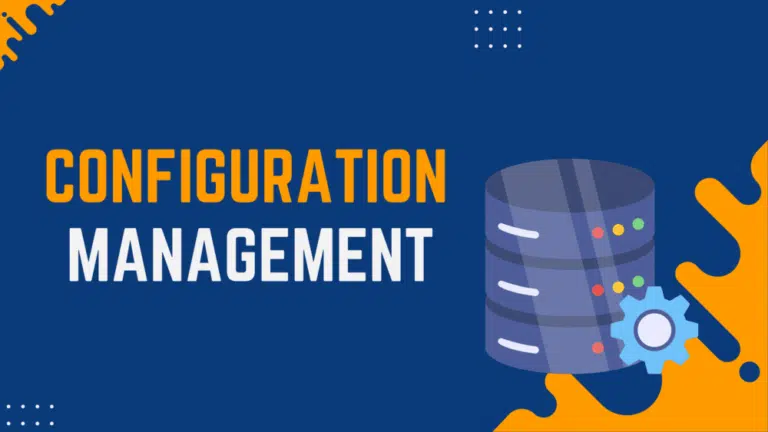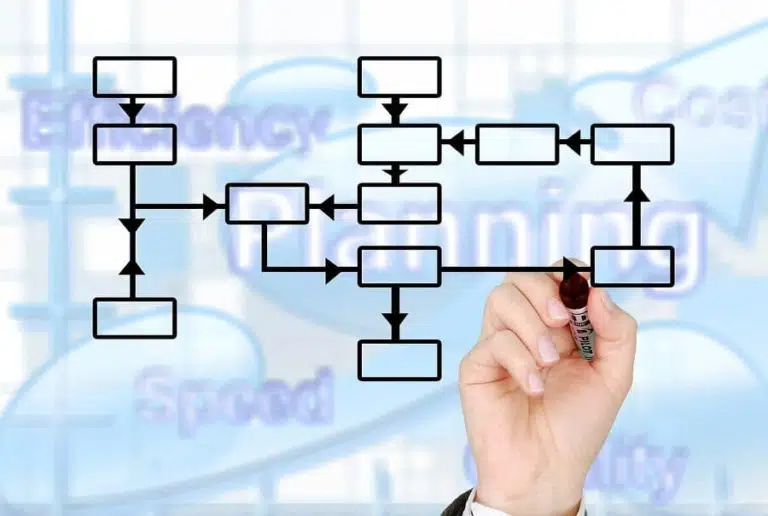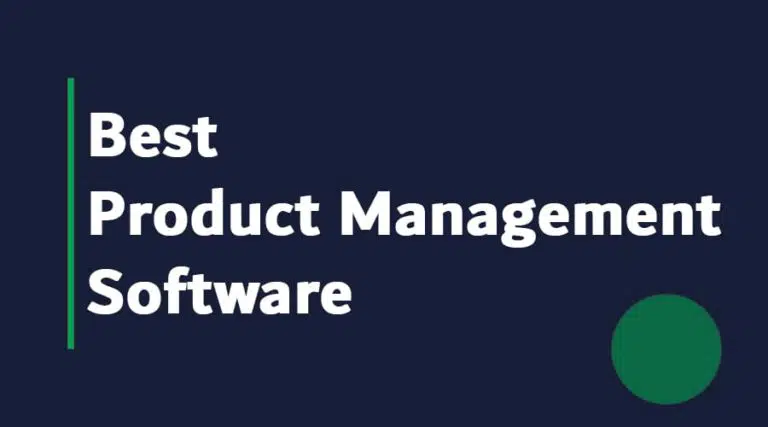Today we will discuss secondary risk.
I have explained secondary risks in my post on types of risks, but here I will explain this risk management concept in detail with an example.
Many professionals think secondary risks are unknown risks and that we use a fallback plan and management reserve if they occur.
Please understand this: secondary risks are identified risks. You will carry out the contingency plan if any identified risk occurs and then apply the fallback plan if the contingency plan fails.
In both cases, you will use the contingency reserve. Management reserves are for unidentified risks.
Secondary Risks
A risk is an uncertain event that can affect your project objectives.
You will develop a risk response plan to manage it. Often, this response can create a new risk known as a secondary risk.
Definition: According to the PMBOK Guide, “Secondary risks are those risks that arise as a direct result of implementing a risk response.”
Simply put, your response plan for a risk caused a new risk. This new risk is known as a secondary risk.
Example of Secondary Risks
Let’s say you have excavated a trench to stop animals. However, pedestrians may fall into the trench.
This is an example of secondary risk.
If your response plan creates a secondary risk, you will analyze it and develop a risk response plan, if required.
If the impact is very low, you will just keep it on the watch list.
Summary
Secondary risks are often ignored, and project managers don’t develop a response plan. They only focus on primary risks. Don’t do this. Secondary risks are equally important; ignoring them will jeopardize your project’s success.
This topic is important from a PMP exam point of view. Understand it well.

I am Mohammad Fahad Usmani, B.E. PMP, PMI-RMP. I have been blogging on project management topics since 2011. To date, thousands of professionals have passed the PMP exam using my resources.

